Van Hanh Zen Temple
Description
Van Hanh Zen Temple is a Zen Buddhist temple located in Ho Chi Minh Metropolis, Vietnam’s largest city. The temple is located at 716 Nguyen Kiem Street, between the neighborhoods of Go Vap and Phu Nhuan. It is the home of the most important sangha training facility in Vietnam, as well as the headquarters of the Vietnamese Buddhist Research Institute.
Before the fall of Saigon in 1975, the temple was located on the campus of the school of applied science at Van Hanh Buddhist University, which was led by Thich Minh Chau. In 1976, Vietnam achieved reunification. It was converted into a Buddhist study center and a Zen meditation temple.
The temple is situated on a one-hectare parcel of ground. It has a primary ceremonial hall, a hall for the patriarch, housing and dining rooms for the sangha, and separate facilities for several educational institutes. These include the office of the Vietnamese Buddhist Research Institute, the office of the Society for the Translation of Mahayana sutras, and the principal Buddhist training institution in Vietnam that trains Buddhist sangha.
Under the direction of Thich Tam Doan and Thich Tinh Quang, the temple fate was constructed in 1990 according to the architectural model of the Buddhist temples in Hue’s core city. The main hall has two levels. The bottom floor has the main ceremonial hall, which features a white figure of Gautama Buddha seated on a lotus in its center. On either side of the main hall are reading rooms of the temple’s library, which contains an extensive collection of sacred texts. The upper floor contains the guest room and the abbot’s office.
The temple’s patriarch hall is similarly two stories tall. The upper level is reserved for paying respects to the Buddha and patriarchs. Thich Tinh Khiet, the first leader of the United Buddhist Congregation of Vietnam, sits atop the patriarch altar. The first floor is the dharma hall, where dharma discourses are held.
Van Hanh Zen Temple is the office of the Buddhist Research Institute of Vietnam, where a team of Ph.D.-holding Buddhist scholars study under the direction of Thich Minh Chau. The institute is organized into divisions, including one for Vietnamese Buddhism, one for Buddhism around the world, and one for printing and distribution. In addition to the translation of the Pali Canon, a separate team is devoted to translating Chinese Mahayana scriptures into Vietnamese.
The temple is also a significant contributor to the training of Buddhist monks in the southern region of Vietnam. It is the location of a Buddhist institute of higher education on par with a university degree. Monks and nuns are admitted to a four-year program through an examination. Since 1984, the school has provided training for over 400 members of the sangha through three courses.
Working Hours
- Monday 5:00 AM - 9:00 PM
- Tuesday 5:00 AM - 9:00 PM
- Wednesday 5:00 AM - 9:00 PM
- Thursday 5:00 AM - 9:00 PM
- Friday 5:00 AM - 9:00 PM
- Saturday 5:00 AM - 9:00 PM
- Sunday 5:00 AM - 9:00 PM

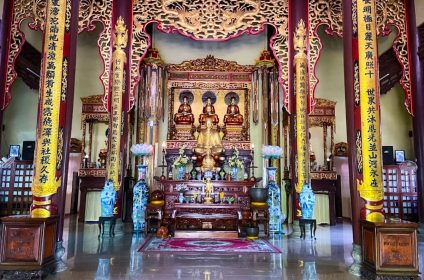
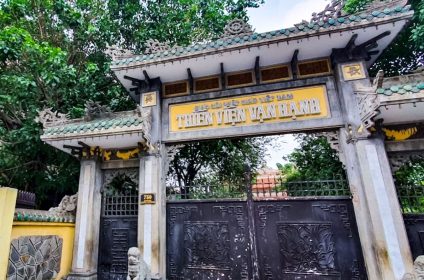
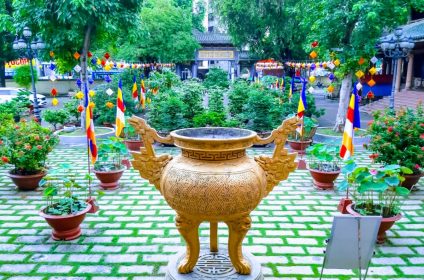
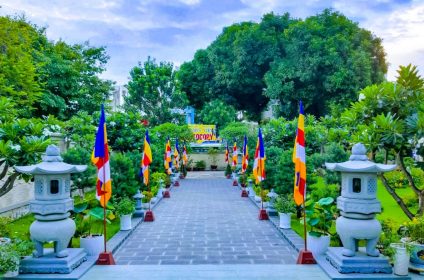
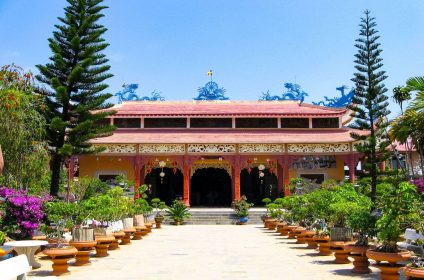
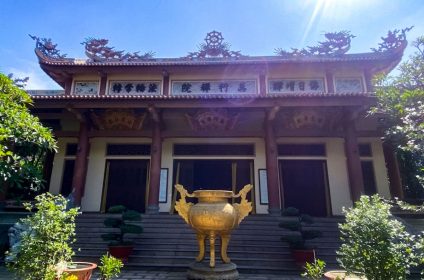
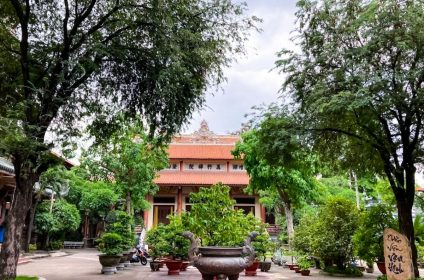
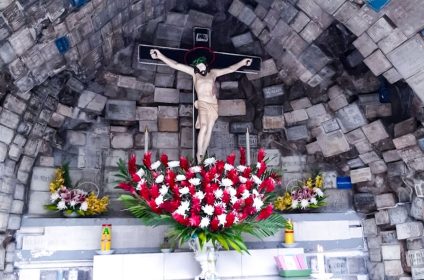
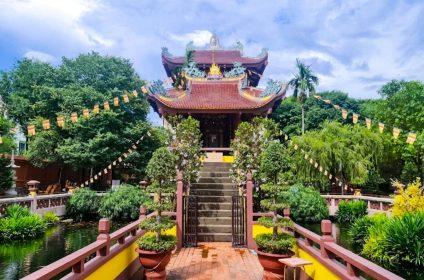
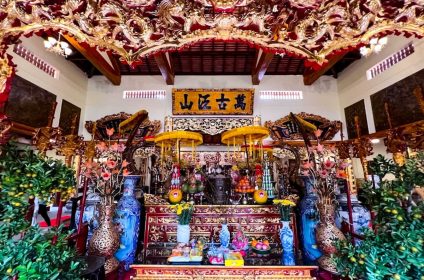
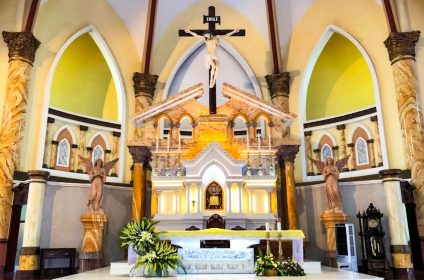











Add Review